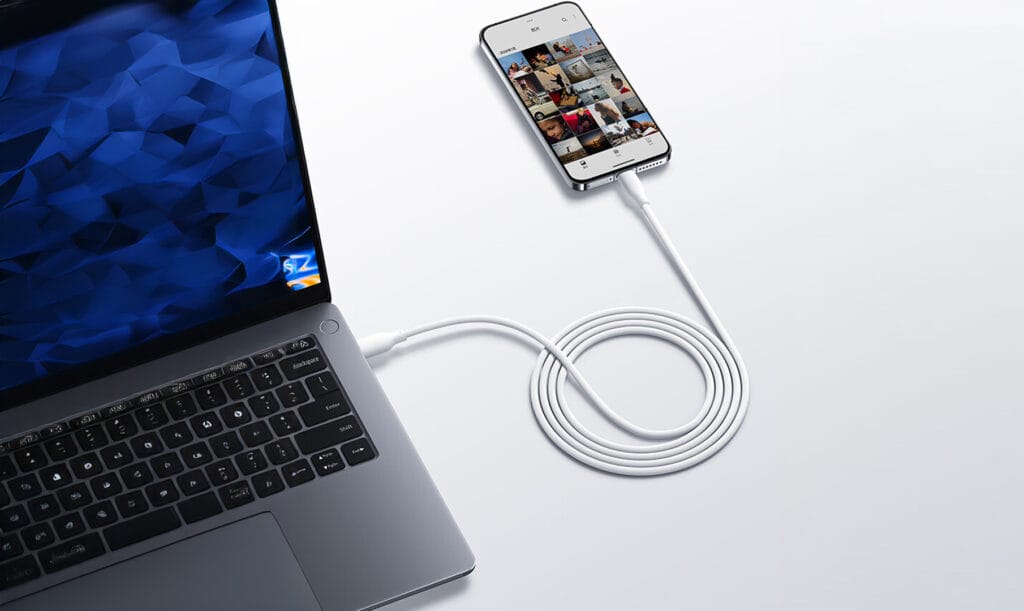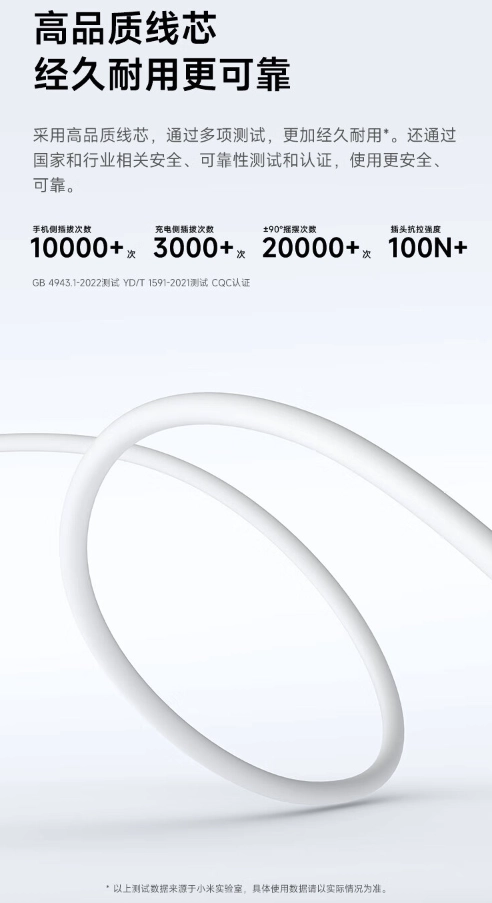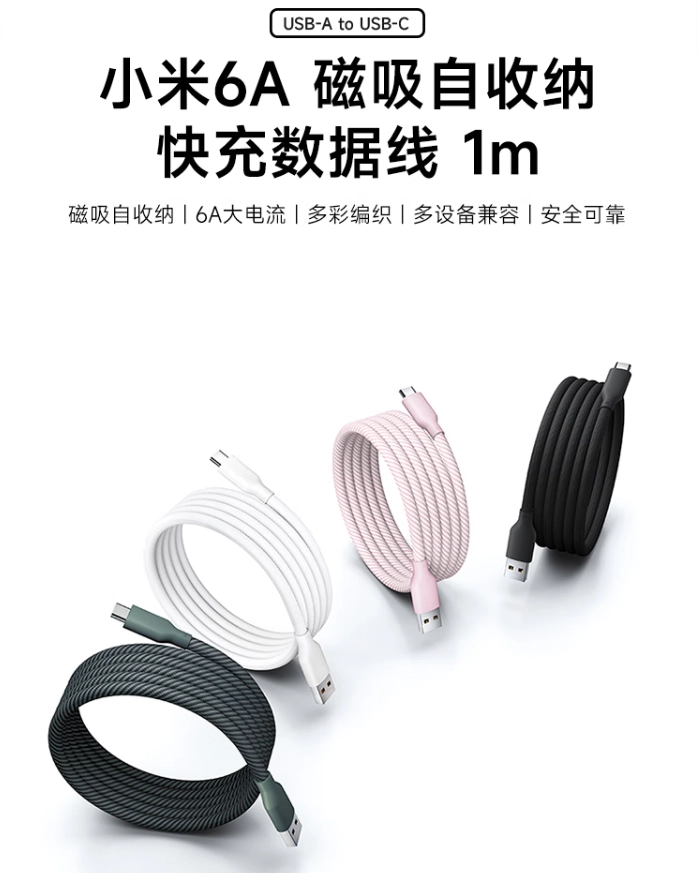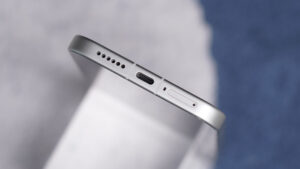Many have often wondered if it is the physical thickness of the USB cable that dictates the charging and data performance. Well, in Xiaomi’s ecosystem, the difference is not cosmetic but rooted in electrical engineering and material science. The internal conductors in a 120W Turbo Charge cable are much thicker compared to others, so as to enable the delivery of current safety at much higher rates.
How USB Cable Thickness Influences Xiaomi Charging Technology
In Xiaomi’s ecosystem, the thickness of a cable reflects a direct engineering requirement rather than a design preference. While a cable may look thick due to its outer jacket, in truth, it is the internal copper conductors, wire count, and quality of insulation that really determine performance. It is these internal structures that dictate electrical resistance, the generation of heat, and whether the cable can support high-performance power delivery protocols such as Xiaomi’s 120W Turbo Charge. Knowing these factors explains why a Xiaomi 120W cable is different from a regular 33W cable.
Internal Power Conductors
The amount of current the cable can safely carry depends on its power delivery pair: VBUS and GND. Thicker copper conductors-carrying a lower AWG value-reduce electrical resistance, minimize voltage drop, and keep heat within the safety limits. For example, whereas a typical USB cable would use 28 AWG copper, a 120W Turbo Charge cable needs 22 AWG or thicker conductors to carry up to 6A current with no loss of performance.
Why Xiaomi needs thicker cables for 120W Turbo Charge
There is a fundamental technical reason why fast-charging cables at Xiaomi have to be much thicker. The 120W standard on Xiaomi runs at around 20V/6A, several times the load in a 33W charger. According to Joule’s Law, as current doubles, so does the heat, four times. In order to avoid overheating and voltage loss, Turbo Charge cables use thicker copper conductors to reduce electrical resistance. This design allows for consistently high-power transfer, avoids thermal stress on internal insulation, and ensures durability over long-term use.
Resistance, Heat, and Efficiency
A thinner cable generates higher resistance and voltage loss with high heating. This kind of inefficiency is intolerable on a 6A Xiaomi fast-charging line. Only thick conductors, in this case, can maintain stable 120W performance while meeting Xiaomi’s very strict safety requirements for temperature, durability, and system stability.
Architectural Thickness: USB 2.0 vs. USB 3.x in Xiaomi Cables
The thickness of the cable also relies on the number of wires used for data transmission. While USB 2.0 architecture employs four wires, USB 3.x uses nine or more. These extra pairs of twisted pairs allow for simultaneous bidirectional data transfer. Xiaomi’s high-current 120W USB cables are developed primarily to handle power, with many models retaining USB 2.0 data architecture. They may appear thick but are optimized for power instead of high-speed data exchange. On the other hand, some Xiaomi Type-C cables intended for 5Gbps or 10Gbps data transmission include extra conductors, which make them thicker even if they do not support high-amperage charging.
Thickness with a purpose
Not all thick Xiaomi cables are optimized for both functions; some come with high-current charging priority, while others feature high speeds of data transfer. A user should think about his or her primary need—either charging speed or data speed—when choosing a cable.
It has to do with swimming in a lake and then relaxing in a cabin near the shore.
Conclusion In the product ecosystem of Xiaomi, the thickness of the cable is a conscious engineering decision rather than a design accident. The size of the internal conductor, data architecture, and the needs of thermal management determine whether a cable can support high-need protocols like 120W Turbo Charge. For those looking for high-power charging, the cable types used should be those meant for the task, while different cable types may be required for prioritized fast data transfer. Xiaomi continues to refine these technologies to deliver safe, efficient, and reliable connectivity across all device categories. **Source: External Engineering References


 Emir Bardakçı
Emir Bardakçı





